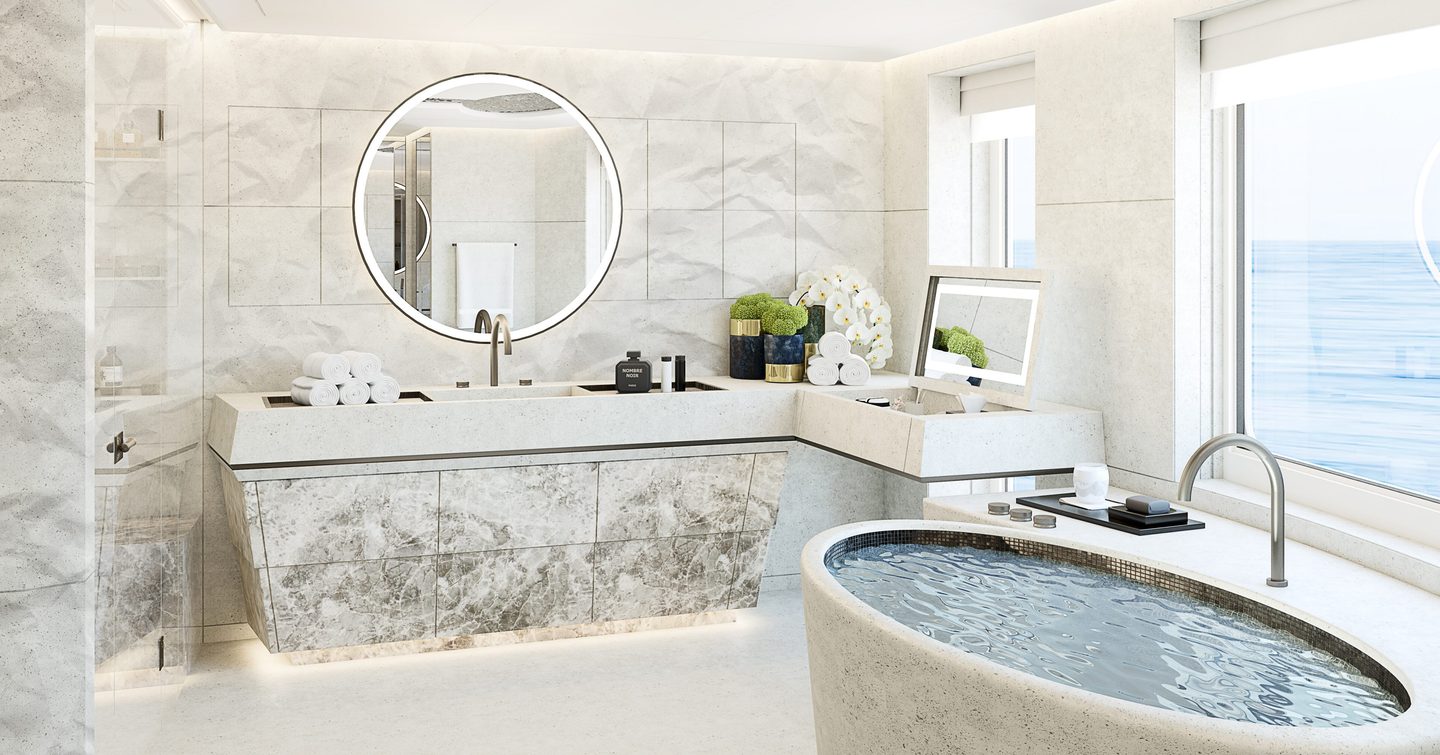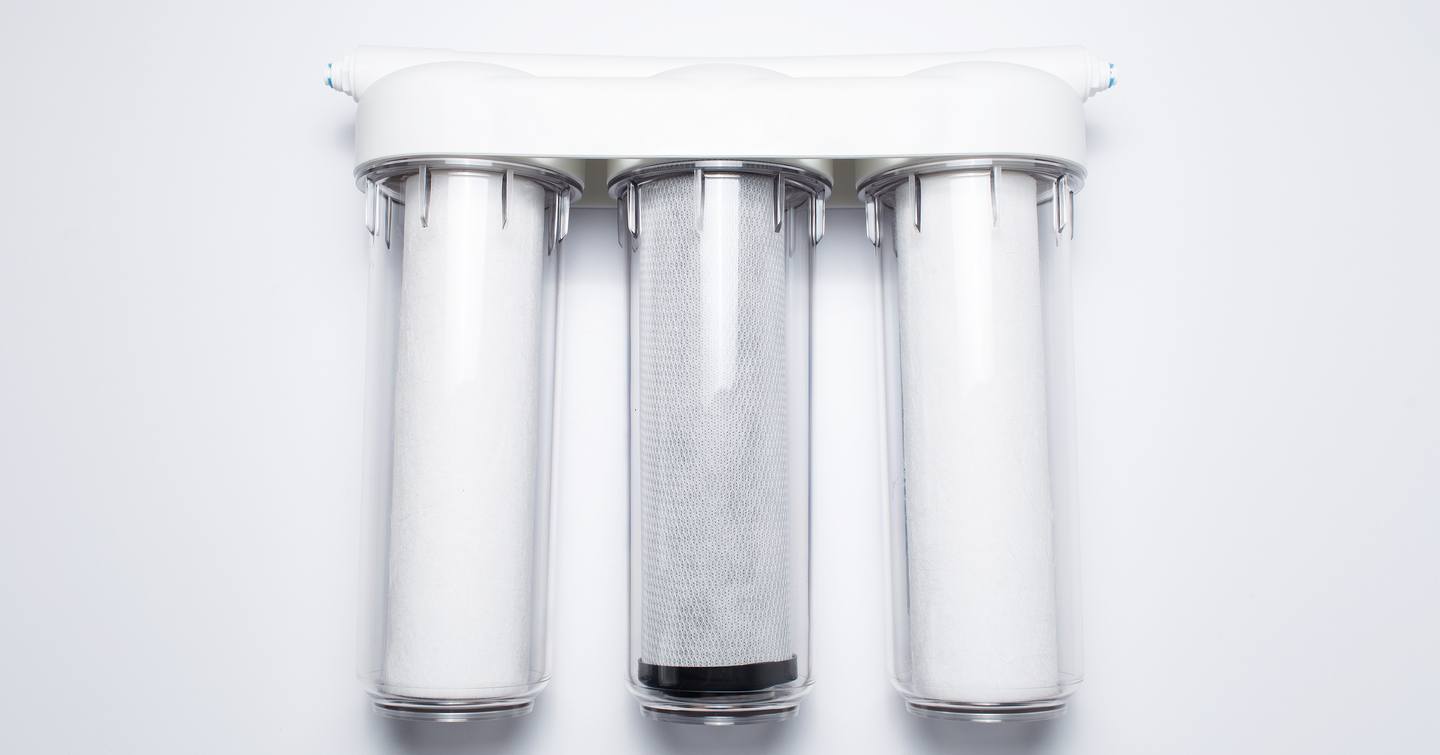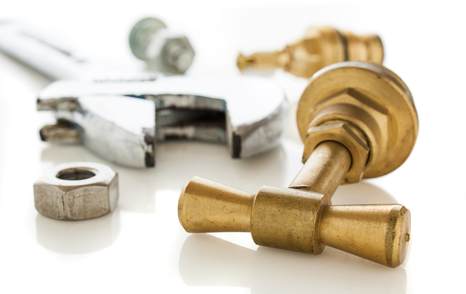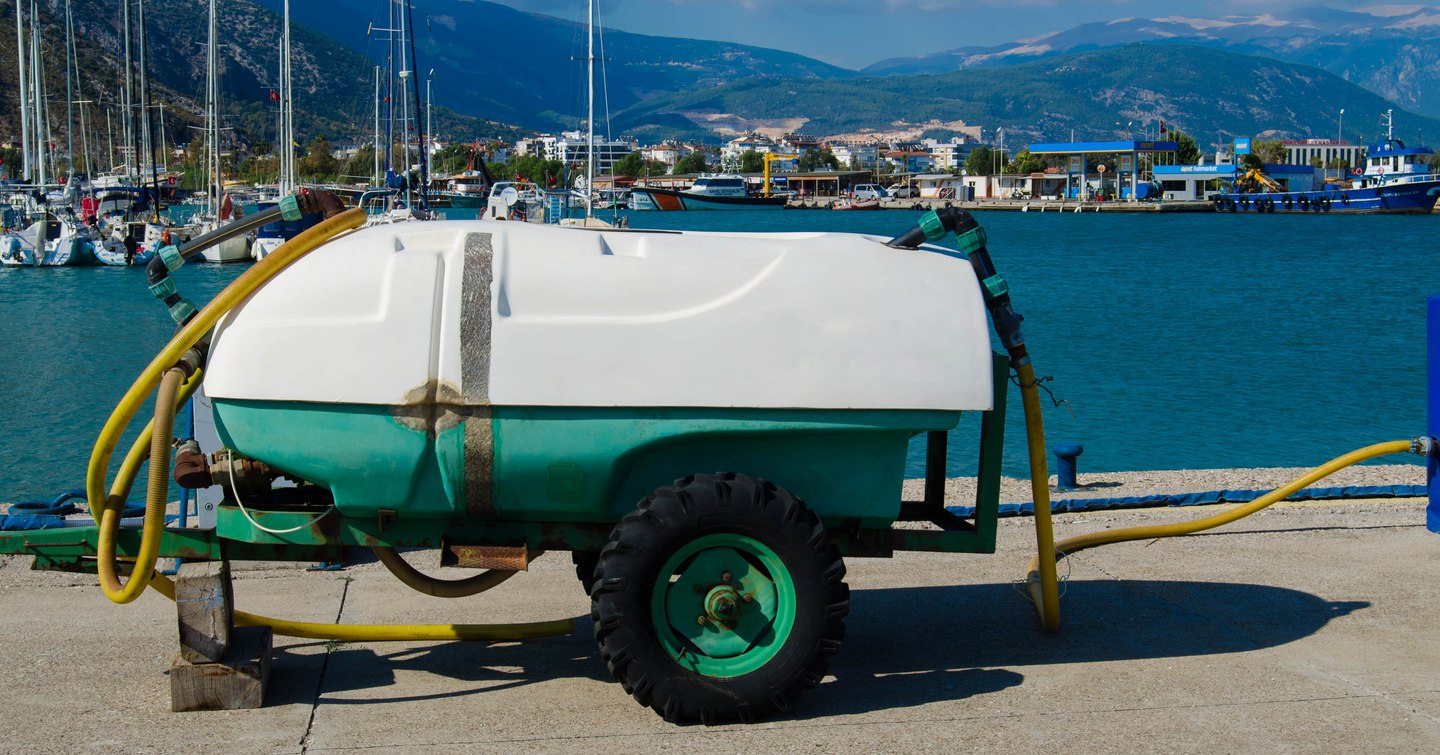Stepping away from the glamour of yachting, black and grey water systems are an extremely important part of your time on the water. While doing your business onboard is a necessity, so too is responsibly managing and disposing of any waste produced at sea.
Black and Grey Water: What's the Difference?
Black Water:
Black water systems handle sewage waste generated from toilets, containing human waste. The proper treatment and disposal of black water are heavily regulated due to its significant environmental impact. Often, yachts use marine sanitation devices (MSDs) to break down and treat sewage before discharge, ensuring compliance with environmental regulations.
Grey Water:
Grey water systems manage waste from sinks, showers, and laundry facilities. This wastewater typically carries soap, food residue, and other non-toxic materials. Effective grey water systems involve filtration and treatment to remove contaminants before discharge, promoting responsible environmental practices..
Why Are These Water Systems Important?
Efficient black and grey water systems are vital for several reasons. They are essential for environmental protection, as improper waste management can harm marine ecosystems. Compliance with international regulations concerning waste disposal is mandatory, ensuring the yacht's adherence to legal and environmental standards.

Modern yachts are equipped with advanced systems to manage black and grey water efficiently. These systems commonly feature treatment units that process waste, reducing its environmental impact through chemical or biological processes. Yachts have separate storage tanks for black and grey water, necessitating periodic emptying and responsible disposal in designated ports.
Maintenance
Maintaining black and grey water systems is essential to ensure their proper operation, minimize environmental impact, and keep the onboard environment comfortable and sanitary. Here are some key maintenance practices for these systems:
- Regular Inspections: Conduct routine inspections of the entire wastewater system, including tanks, hoses, valves, and connections. Look for signs of leaks, blockages, or corrosion.
- Monitor Tank Levels: Keep an eye on tank levels and pump out black and grey water tanks when they are nearing capacity. Overfilling can lead to system backups and unpleasant odors.
- Use Biodegradable Products: Whenever possible, use biodegradable soaps, detergents, and cleaning products. This reduces the impact of grey water on the environment.

- Flush Tanks: For black water tanks, flush them regularly to prevent solids from accumulating and clogging the system. Some yachts have macerator pumps that can help break down waste.
- Filtration and Treatment: If your yacht is equipped with advanced treatment systems, follow the manufacturer's guidelines for the maintenance and replacement of filters or treatment components.
- Comply with Regulations: Familiarize yourself with local and international regulations regarding the discharge of black and grey water. Some areas prohibit discharge within a certain distance from shore or sensitive ecosystems.


- Training: Properly educate the yacht's crew and passengers about the proper use of onboard facilities, including toilets and sinks, to prevent misuse or accidental damage.
- Keep Records: Maintain a log of all maintenance and pump-out activities. This documentation can be valuable for compliance, inspections, and troubleshooting.
- Emergency Preparedness: Have contingency plans in place for handling system failures or blockages. This may include access to emergency pump-out services.
Disposal
When it comes to disposal, there are considerable differences in how black and grey water should be handled.
Black Water Disposal:
- Pump-Out Services: Many marinas and designated areas offer pump-out stations specifically for black water removal. Yacht owners can use these services to empty their black water tanks safely and responsibly. This method ensures proper treatment and disposal of sewage waste, meeting environmental standards.
- Marine Sanitation Devices (MSDs): Yachts equipped with MSDs treat black water onboard, allowing for safer discharge into the water. However, these devices must comply with regulations governing the acceptable level of treatment before release.

Grey Water Disposal:
Limited Discharge: Some regions permit limited grey water discharge directly into the water, particularly if it's relatively clean and does not contain harmful chemicals. However, regulations on grey water discharge can vary widely and are often subject to local laws.
Pump-Out Stations: Some yachts opt to pump out grey water in addition to black water when visiting marinas or designated pump-out stations. This practice helps prevent the introduction of potentially harmful substances into the water.
Summary
The responsible management of black and grey water systems is foundational to conscientious yachting. Yacht owners, crew members, and manufacturers must prioritize the efficient operation, maintenance, and responsible waste disposal to preserve marine ecosystems and comply with regulations. Advancements in technology and a commitment to environmental stewardship continue to shape the evolution of these vital onboard systems, with enhanced filtration and treatment technologies, and more efficient storage systems coming to market.


